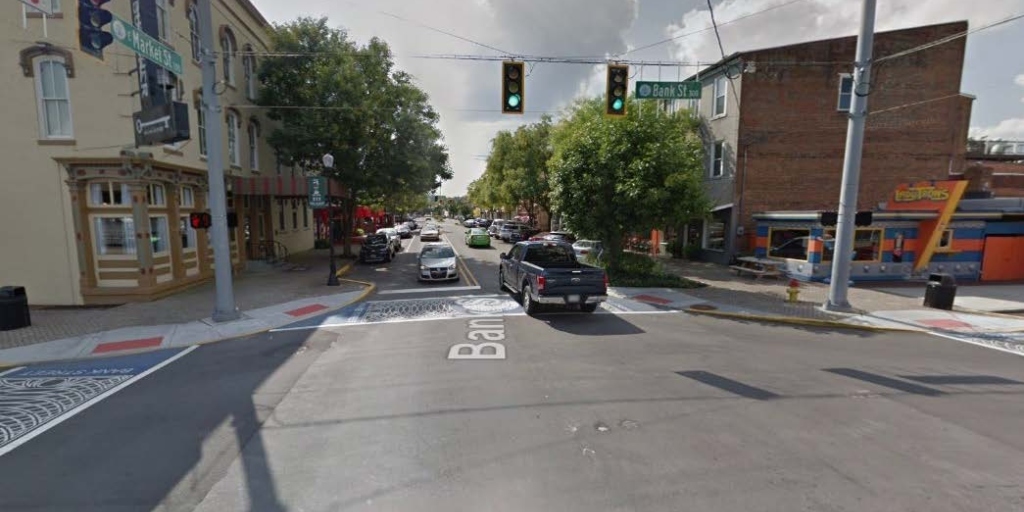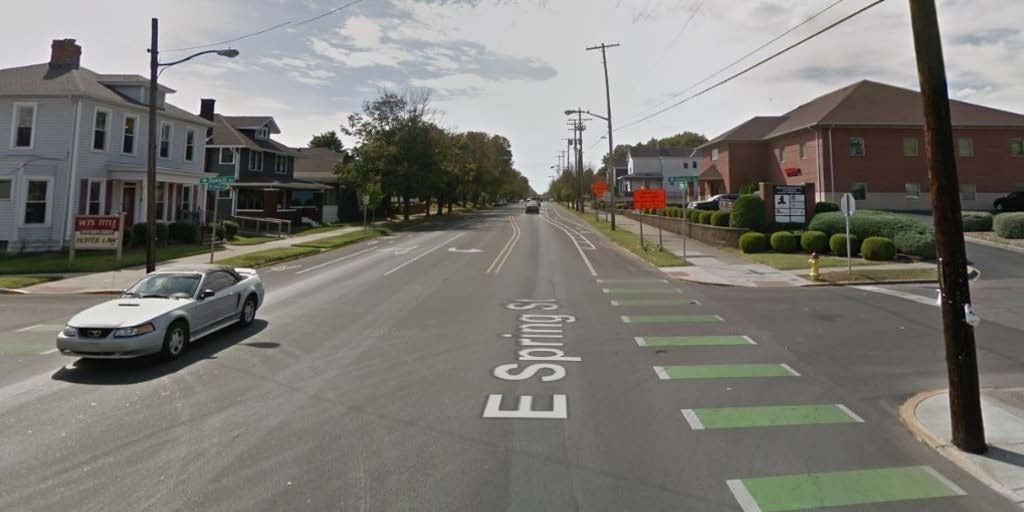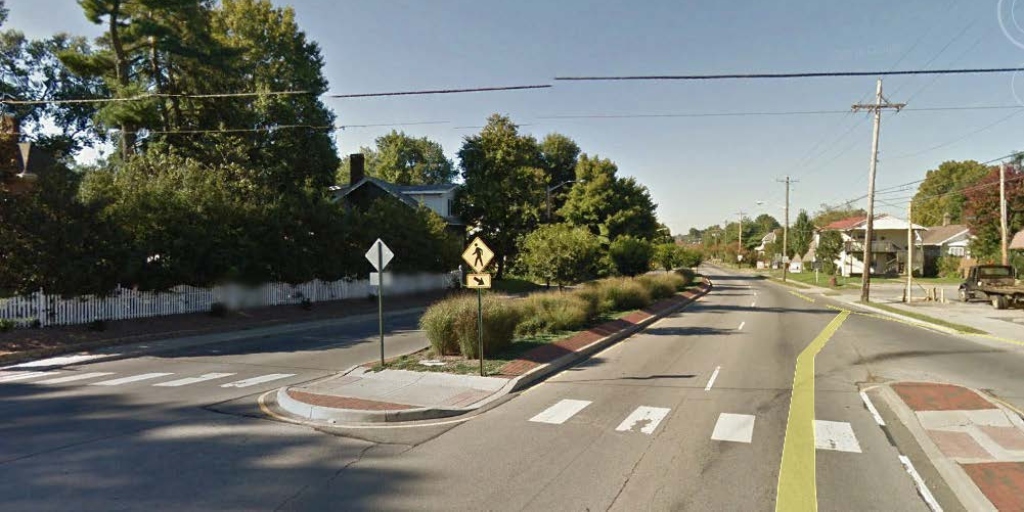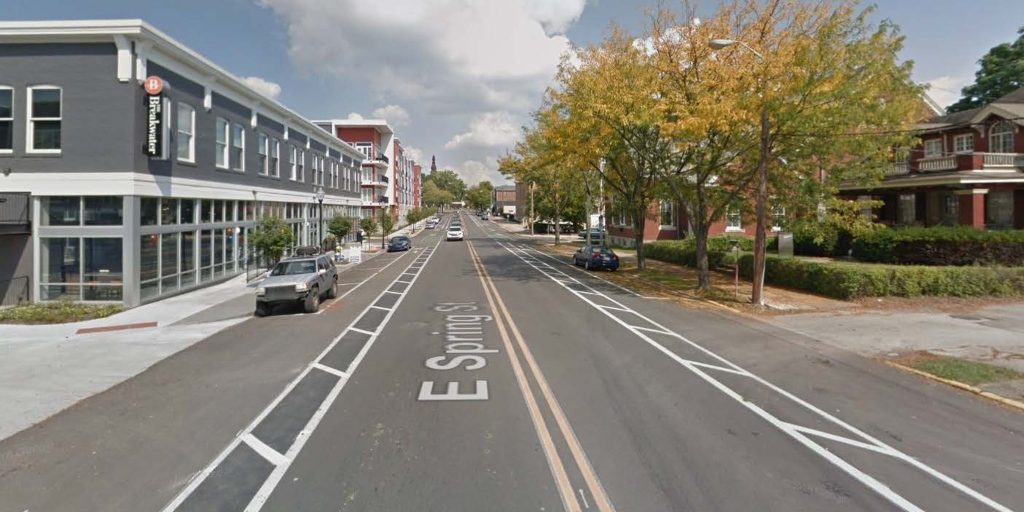The City brought in an urban planning consultant to begin the comprehensive downtown redesign. The City first wanted to look at increasing the number of lanes to prevent traffic congestion. The City and the consultant considered this option and realized it would result in more downtown traffic as more cars would use the roads. The additional traffic would further characterize the downtown as a thoroughfare, be more dangerous for cars and pedestrians, and be damaging to the atmosphere of residential streets and the downtown area.
Working with the consultant, the City began to look at other options. The consultant, embracing a concept called “New Urbanism,” began looking at ways to return the downtown to a vibrant, walkable space instead of a sprawling road system. One concept the consultant looked at was a road diet, which involves reducing the number of lanes to slow traffic, provide multiple route options for existing traffic, and improve access for pedestrians and bikes. The consultant developed a plan for the downtown that included recommendations to revert nine one-way roads to two-ways, replace some driving lanes with bike lanes and street parking, convert traffic signals into four-way stops, and increase the sidewalk infrastructure. The recommendations also included adding various vegetation options to spruce up the area.
The report concluded reducing the driving lanes would reduce the number of drivers using the downtown as a thoroughfare while not increasing congestion, but the City wanted to test it first. The City analyzed traffic flows during road construction lane closures and determined that traffic levels were generally acceptable. The consultant provided additional modeling that concluded the grid system with lane reductions would be able to handle traffic volumes at peak times. The modeling demonstrated there would be more than 100,000 ways to get through the grid system, which would help reduce the congestion.
Having confirmed that a road diet would produce the desired results, the City began its first project. When the Indiana Department of Transportation relinquished control of one of the streets they owned and gave New Albany maintenance funds, the City extended the curbs, improved street lighting, and built a median lined with trees. With these changes, the roadway was reduced by two lanes, improving visibility and livability.
Continuing with the rest of the downtown, the City began to implement the road diet on remaining streets. They reduced driving lanes from four to two and added new bike lanes and street parking in their place. Construction crews restructured the lanes while repaving and repainting the streets to make it an easier transition and provide the City options if they decided to make changes in the future. During the construction, the City also added decorative sidewalks, which made walking more inviting, comfortable, and accessible. All these changes increased the livability of the New Albany’s downtown.
Funding
The E. Main Street project was built for $3.09 million with approximately $2.1 million from Indiana Department of Transportation relinquishment funds and the remainder from local funds.
The one-way, two-way conversion project in the downtown grid cost $4.3 million with $2.0 million from federal transportation funding, approximately $650,000 in State of Indiana paving funding, and $1.65 million in local funds.
The Road Diet Project was built for $1.0 million with just under $200,000 in local funding.
Timeline
The project took five years to complete from the initial discussion to the completion of the roadway reconstruction projects.






